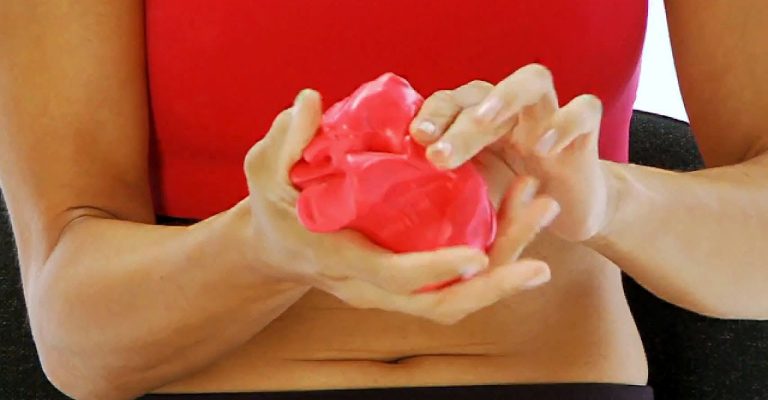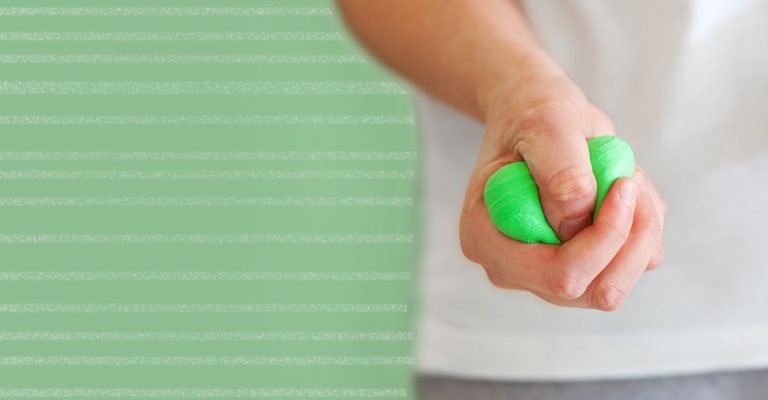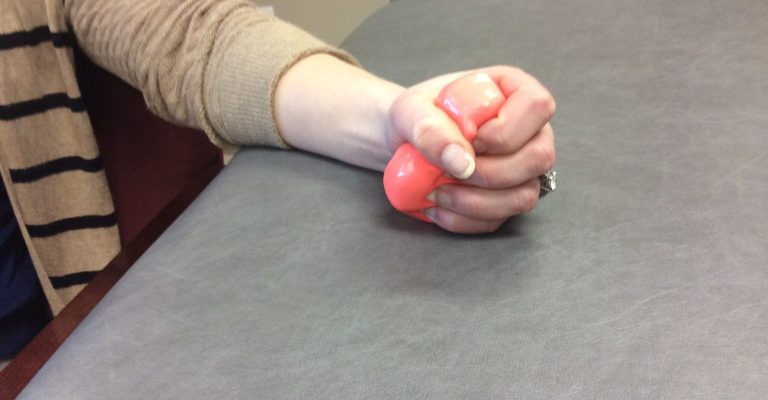
Are you looking for hand therapy putty exercises to try at home? This article will tell you all the details you need to know.
Strength and agility in the hands, fingers, and thumbs can be developed with exercise putty. Varying hues of the putty correspond to different levels of elasticity.
Some of the conditions that benefit from using therapy putty are:
The strength of one’s hands and fingers can be developed through various methods. To strengthen your hand, finger, or thumb, try using a towel or an exercise tool like a Digi-Flex.
See a physical therapist if you’re having trouble using your hands and fingers since they can teach you particular exercises to help.
Your physical therapist may recommend using therapy putty as part of your home workout routine to help you gain strength between sessions.
The putty exercises suggested in this step-by-step training plan can help you develop your hand muscles and increase your range of motion. Before beginning this or any other fitness regimen, you should consult your healthcare professional.
Therapy putty’s versatility makes it superior to alternatives like stress balls. The effectiveness of rolling, squeezing, or pinching depends on the intensity of your touch.
Putty’s malleability may be used with varying degrees of force to simulate various exercises.
There is a broad spectrum of therapy putty densities, from incredibly soft to quite stiff. Most manufacturers provide three to five strength settings so that you may give your joints a rigorous “exercise” or a steady but gentler one.
Isometric exercises, such as squeezing little balls of putty between straight fingers, can be performed with the putty by breaking it into smaller pieces.

One easy way to build stronger hands is to practice the putty hand grip. Roll some putty into a ball and hold it in your hand for this exercise.
Pull the putty together and keep it for three to five seconds. Don’t worry about anything for a second, and chill out. You should repeat the gripping process 10–15 times.
The putty rollout is an excellent technique for massaging your hand’s palm and learning to extend your fingers and hand completely. Scar tissue after carpal tunnel surgery can be massaged effectively with this movement.
Position the therapeutic putty on a level surface and press into it slowly with an open hand. Make a long tube of putty by rolling your palm over it. Roll the ball of putty again and do it five to ten more times.
On the last set, instead of rolling the putty back up after the hot dog shape is formed, leave it in place and move on to the doughnut with finger extension.
The donut shape and finger extension exercise will help you build the muscles that allow your hand to open and your fingers to extend.
To achieve this, roll out some therapeutic putty and form a donut. Then, insert your fingers and thumb into the opening and gradually spread your hand apart.
Before moving on, you should execute 10–15 reps of donut shape and finger extension.
Your finger’s ability to spread and separate can be helped by using therapeutic putty. Create a little donut form with the therapeutic putty and insert two fingers. As the putty provides resistance, carefully separate your fingers.
Separate your fingers, roll the putty into a ball and form a new donut. Do 10–15 reps of the workout.
The putty finger adduction exercise helps strengthen the minuscule muscles that contract to bring the fingers together.
Form the therapeutic putty into a tiny ball and squeeze it in your palm. Just hold it for a second or two, and then let go.
Do 10 to 15 reps of the exercise and then go on to the next.

The putty thumb grip workout might help you develop stronger thumb grips. Making a ball with your therapeutic putty and squeezing it between your thumb and the side of your fingers is the first step.
Put your thumb and index finger together as if holding a key.
Just hold it for a second or two, and then let go. Ten to fifteen squeezes should be repeated before the last exercise.
Using your treatment putty, you can practice the fingertip pinch grip to strengthen your fingers’ grip.
Create a little ball with the putty and roll it between your palm and thumb. Use your fingers to work the putty.
The putty exercises are meant to be done three or four times a week to help strengthen the hands and fingers and enhance overall hand function.
If a workout is causing you pain, you should stop and see a doctor or physical therapist.
Improve your hand strength and dexterity without breaking the bank with therapy putty.
Following this systematic plan, you may strengthen your hands and ensure that they continue to operate correctly so you can go about your day without difficulty.
Treatment is cheap (usually less than $15) and easily accessible from numerous locations, including drugstores, grocery shops, and online retailers.
Do not forget to store the putty in its original container after each use.
It may be tough to remove if you spill putty on your carpet or clothing. Keep it out of direct sunlight (in a car, for example), or it will quickly melt and lose shape.
Unlike play putty, therapy won’t harden into balls of stone; You may use it for years without losing its pliable texture. However, it may accumulate dirt or sand, which can be unpleasant to handle.
Seven easy-to-follow hand therapy putty exercises that you can perform at home to strengthen your fingers and thumbs and make them more agile.
Also Read: Foot Drop Exercises: Get Back on Your Feet with Confidence